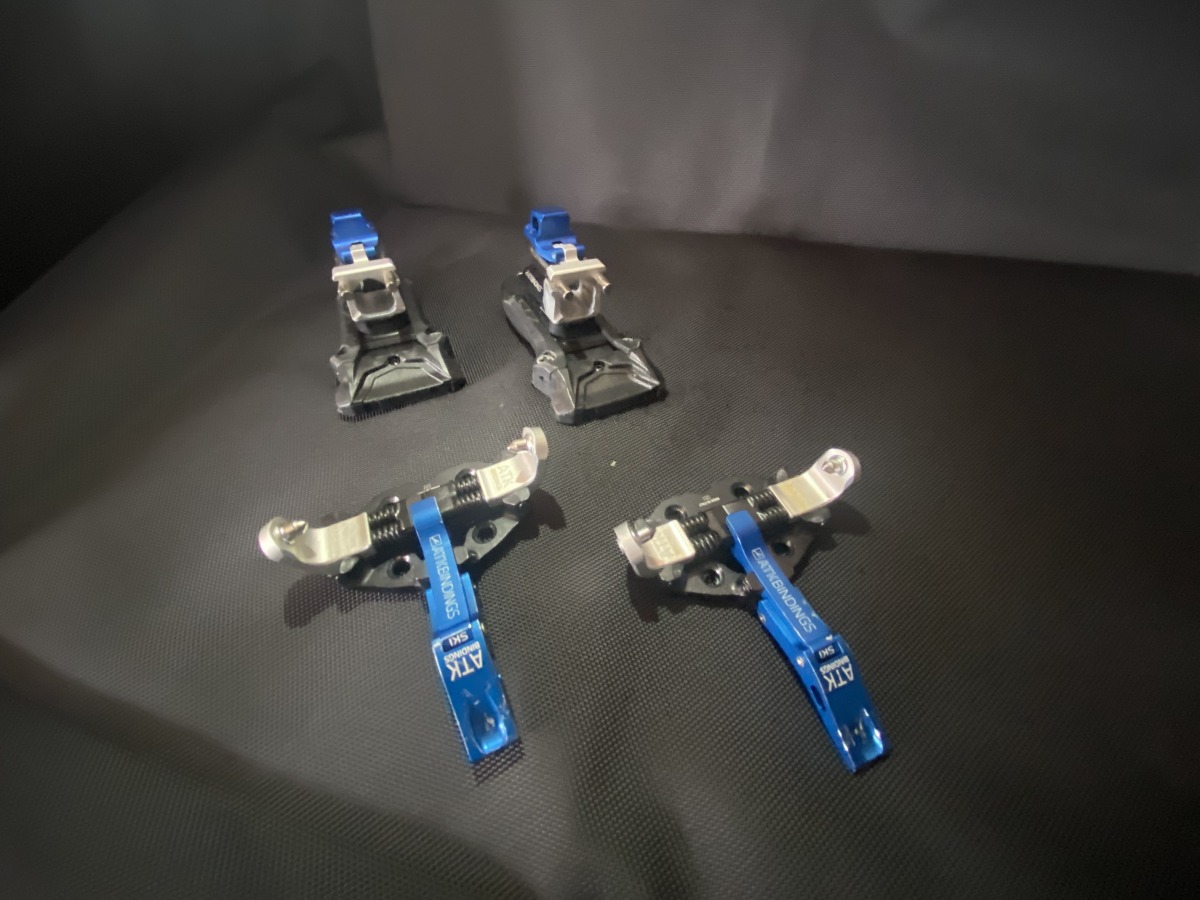
ATK’s Kuluar 12 LT combines race heel DNA and the adjustability found in beefier binding builds.
Continuing on the recent run of ATK reviews on WildSnow, the Kuluar 12 LT is another gorgeous Italian binding. Coming in at 218g per binding (w/out screws or ski crampon hardware, for comparison’s sake), they sit nicely between race bindings like the World Cup and heavy-duty and heavily featured models like the ATK FR14 (read our review here). In an already jam-packed (and star-studded) binding lineup, the release of the Kuluar model in 2021 made me wonder, why bother? The Trofeo Plus comes in at 180g, with the same riser options and similar toe piece and bsl adjustment range. The ATK Haute Route 10 comes in at 209g with the addition of adjustable vertical release, a more user-friendly riser layout, and the same toe and adjustment plate of the Trofeo Plus. So again I wonder, why bother? The answer to this question lies in options and priorities for the consumer. While it may take a little while to learn the intricacies of the ATK lineup, the educated consumer is left with pairings and options to hone in on exactly what they prioritize in a binding.
One may choose the Kuluar if they have the following priorities: Easy bsl adjustment – the worm screw style of bsl adjustment is significantly easier and less likely to frustrate than a tension style adjustment plate. Heel elasticity – the Kuluar is the lightest ATK model with a length compensation spring in the heel piece, allowing the Kuluar to handle over flexing or big impacts a bit more reliably than its neighbors in the lineup. Adjustable lateral release – self-explanatory, the race style bindings like the Trofeo Plus lack this feature and the Kuluar 12, as named, goes to 12 vs 10 on the Haute Route. Last, one has the option to add brakes to the Kuluar, though the LT version I tested has a plastic cover in lieu of the brake mechanism.
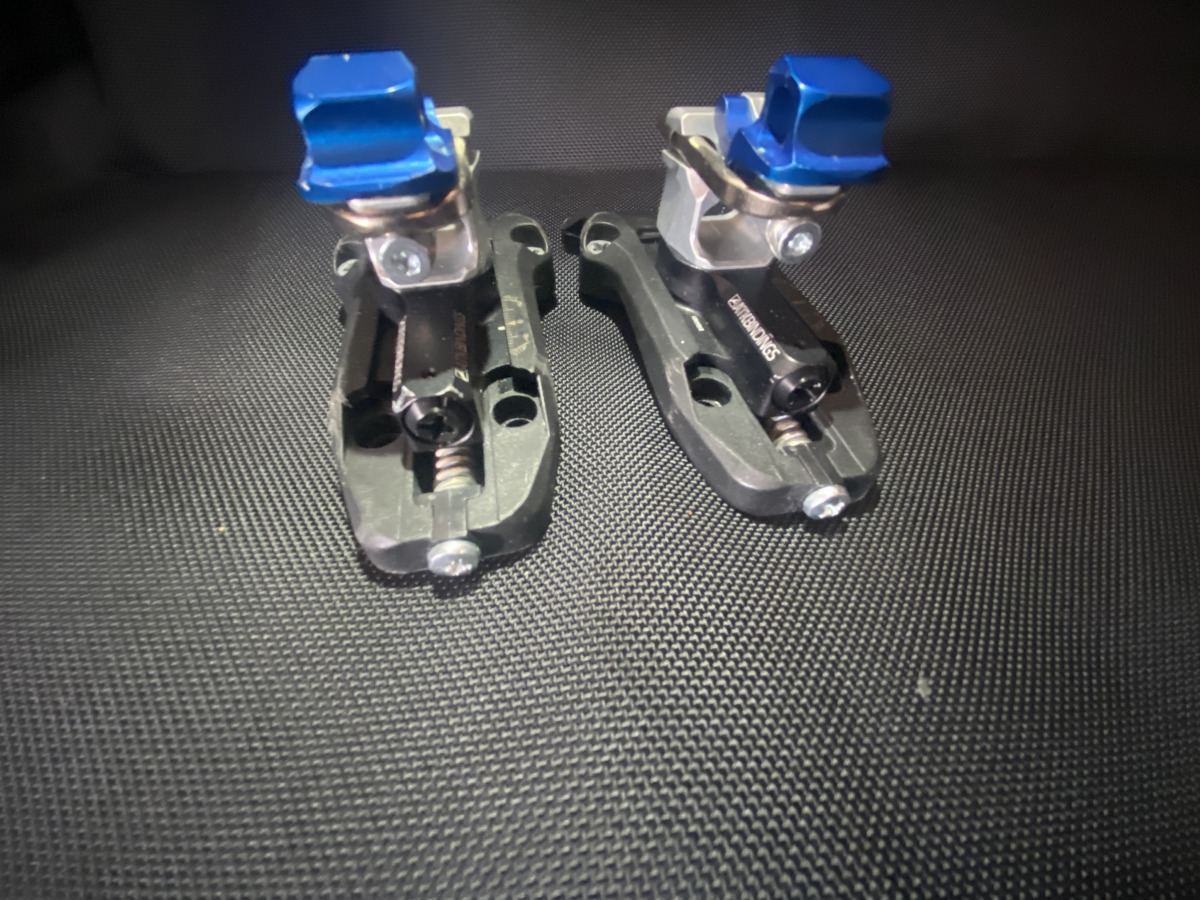
The Kuluar 12 LT heel unit combines easy bsl adjustment and a U-spring.
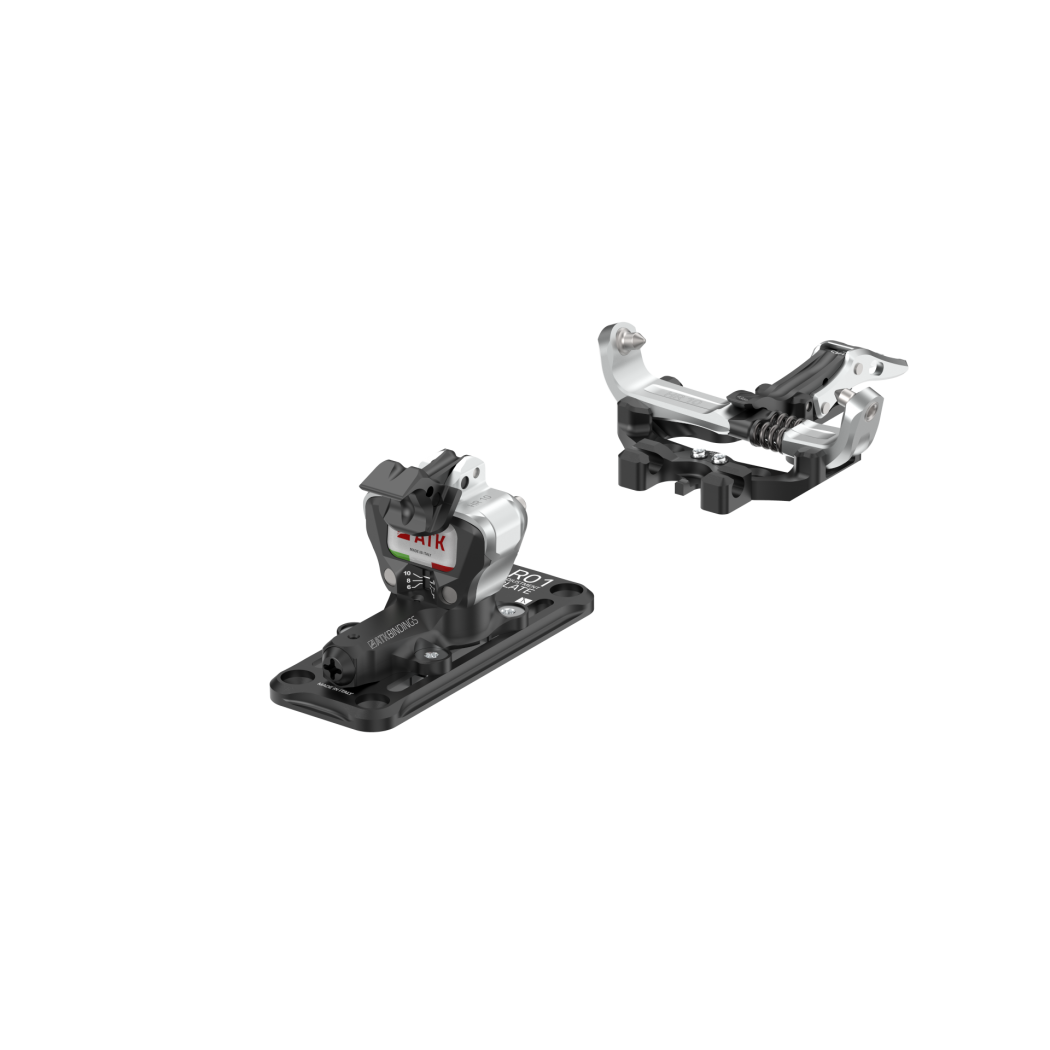
A shot of ATK’s Haute Route (same design as Black Diamond’s Helio 200). The Haute Route, in contrast to the Kuluar 12 LT has both vertical and lateral adjustability (heel) and a slightly more cumbersome bsl adjustment.
There are a few compromises in the Kuluar 12 design that allow it to achieve an impressive weight: feature ratio. First, the U-spring pin design means the vertical release is not adjustable, and long term, the pins will not wear evenly (not much of an issue with steel pins). Second, the riser setup is a little less user friendly than the Haute Route style heel piece, mostly when going from flat to riser mode one must spin the binding 90 degrees where the Haute Route can go flat to a riser with just a flick (when spun “pins back”).
The Kuluar has a few layout options – with the choice between 9 and 12 and brakes or the LT without brakes. The toe piece remains the same across models and is a more “standard” tech toe, with four springs (2 each side) and a notably smooth toe lever lockout. There are obvious advantages to the springless design of the FR14 binding and World Cup toe pieces (most of all strong resistance to ice build up), but I’m less certain of the advantages/disadvantages of the Monolink toe with springs on only one side vs the more traditional four-spring toe on the Kuluar.
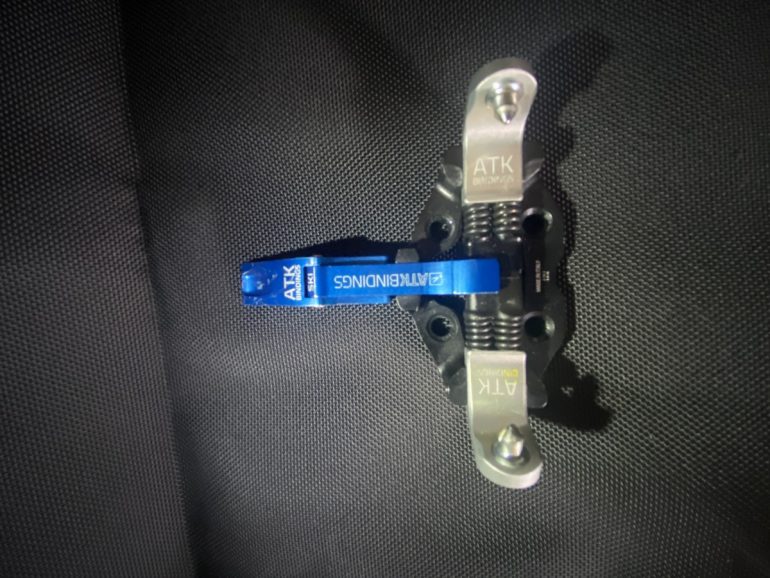
A shot of the dual spring design on the Kuluar 12 LT’s toe piece.
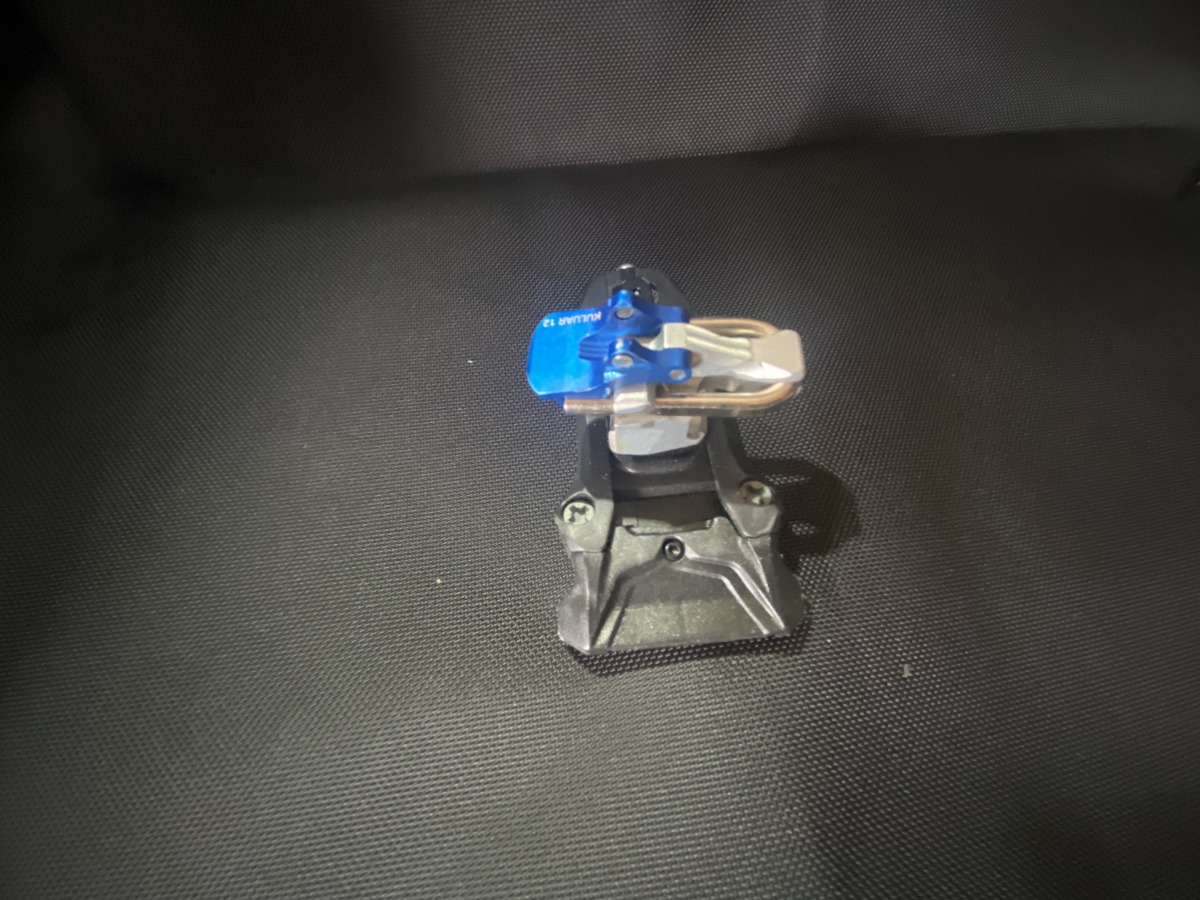
The riser setup is a little less user friendly than the Haute Route style heel piece, mostly when going from flat to riser mode one must spin the binding 90 degrees where the Haute Route can go flat to a riser with just a flick (when spun “pins back”).
I have been testing the Kuluar the last few months on the Nordica Enforcer Unlimited (check out our full review here), and just switched them to a new ski for further testing into the spring. So far, they are notably solid, with no play in either heel or toe pieces. With the 4mm gap, I’m not sure how often I activate the length compensation spring. I’m not particularly sensitive to binding delta, but this is probably the most notable difference in skiing feel between these and my go-to Ski Trab Gara Titans (+14mm on the Kuluar vs +4mm on the Trab w/ adjustment plate). As far as user-friendliness while touring, It took me a bit to get used to stepping into a normal tech toe after a few seasons of mostly using Ski Trab bindings. Otherwise, I use the sideways flat mode and spin to pins forward, flap down for a climbing riser – same as the Trabs. I haven’t used the high riser much as I find it annoying to spin 180 degrees, especially while skinning in a steep enough spot to warrant it. While I have yet to decide whether I have a good reason for the Kuluar to sway my Ski Trab obsession, I am really impressed with the build quality and ingenuity of the Kuluar. ATK really offers the option to hone in on exactly what features are important to you and pick a binding to match. These may be the bindings for you if you have multiple boots and value easy adjustment and/or are heavier and value the length compensation spring as well as max RV of 12.
Critical Stats:
Release Value: 6-12 Lateral, 10 Vertical (fixed)
Weight: Toe (no screws or crampon holder): 85g, heel (no screws): 133g Total Weight (w/ screws and crampon holder): 243g
Delta: +13.7mm (measured w/ boot in binding, distances from topsheet to center of pin)
Included in box: Leashes, ski crampon hardware, 4mm heel gap block
Gavin is a mountain guide and gear fanatic based in Jackson, WY. His endless pursuit of gear perfection led to starting a pack company, Apocalypse Equipment in 2019. He has a degree in Nordic skiing and mechanical engineering from the University of New Hampshire and worked as a ski shop tech prior to getting his dream job as a WildSnow contributor.
